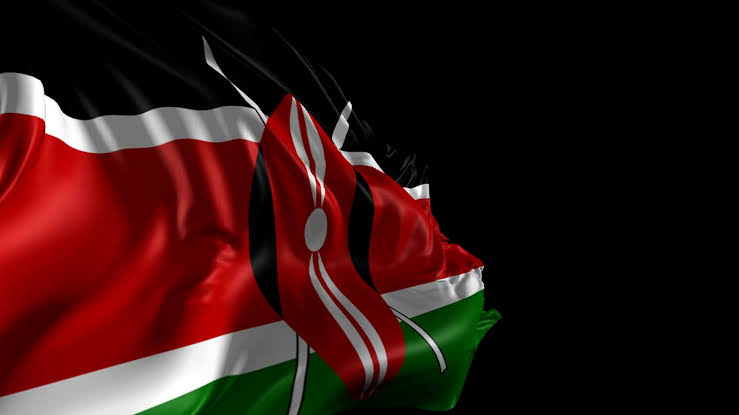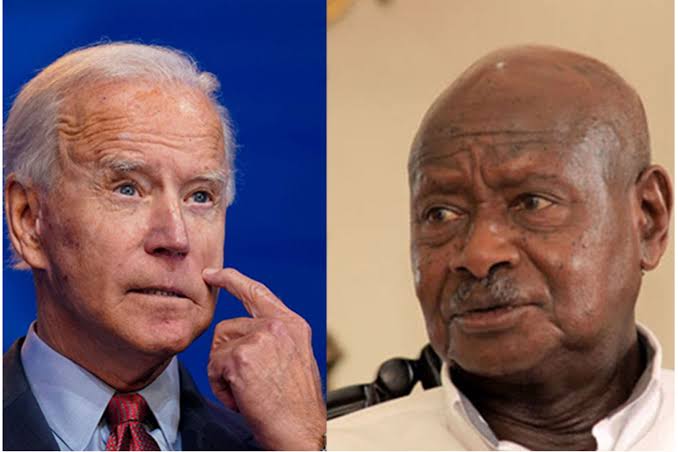
Faith Nyasuguta
Kenya has marked its 60th birthday today (Thursday) with over 60 percent of her economy mortgaged to foreign and domestic creditors.
Despite its life expectancy doubling to about 65 years, just a small percentage of the population shares in the spoils of its economic might in the region.
In 1963, on June 1st, Kenyans made the first step towards independence, gaining internal self-rule from the British, their colonial masters since 1920.
Although with Madaraka Day Kenyans only got partial independence with full freedom waiting for another one and half years, they, however, took full charge of their own finances and the economy.
As Kenya’s first Prime Minister before Kenya became a republic, Mzee Jomo Kenyatta inherited a government that had a debt burden of Sh1.72 billion.
He also inherited a euphorically optimistic population.
Kenyans were full of hope that their lives would be better than they had been under the four decades of British rule. And founding president Kenyatta had uplifting words for them.
“You and I must work together to develop our country, to get education for our children, to have doctors, to build roads, to improve or provide all day-to-day essentials,” said Jomo Kenyatta, who was well known as Mzee.
Just as promised by Mzee, an independent Kenya has somewhat been able to bake a bigger cake for its citizens since then.
The nation has grown its gross domestic product (GDP), or the total value of goods and services, from Sh6.6 billion in 1963 to Sh13.4 trillion last year.
However, Kenya’s debt levels have also exploded, growing 5,657 times to Sh9.4 trillion as at the end of March this year, according to official data.
Debt to GDP ratio was at 64.7 percent as at March, an increase from 25 percent when the country gained internal self-rule six decades ago.
The additional Sh9.39 trillion in debt over this period has come with its own benefits.
At Independence, installed electricity capacity was at 102,214 kilowatts, not even enough to power all the cement companies today.
By end of last year, the installed capacity rose 35-fold to 3,601.96 megawatts, with much of this investment being funded using borrowed cash.
With electricity, Kenyans have also been able to significantly improve their standards of living. Sixty years ago, only a few Kenyans connected to the grid.
And fewer homes were lit using electricity. Analog TVs and radios were items of privilege.
Currently, even the TV screens in most sitting rooms are rapidly mutating into smartphones. The billions of borrowed cash have been used to lay fibre optic cables around major urban centres.
This has transformed Nairobi into the so-called Silicon Savannah, with the emergence of several innovations around financial technology that have put Kenya on the global map.
During Independence, the only railway line the nation had was the ageing Lunatic Express that the British built in 1896 to have a direct connection to the fertile land around Lake Victoria.
Now, using loans from China, a new bilateral partner to Kenya, the country has built a standard gauge railway (SGR), on which cargo has been moved faster to and from the port city of Mombasa.
As Kenyans ushered self-rule, there were about 1,125 miles (1,810 km) of tarmacked roads in the whole country. But today, and thanks partly to the borrowed cash, Kenya has been able to impressively increase its roads network.
Tarmacked roads had been stretched to 22,443km by the end of June last year, opening up the far-flung areas such as northern Kenya which, for long, had been disconnected from the rest of Kenya.
But Kenya’s debts — which have been sourced from various creditors, ranging from multilateral institutions such as the World Bank to the Chinese government; local commercial banks to American pensions—have also presented the country with its fair share of challenges.
Most tax revenues are being used to service debts instead of going into such critical public services such as buying drugs or paying teachers whose number remains below target.
In the Financial Year 1962/63, for example, when Kenya gained internal self-rule, for every Sh100 the government collected in taxes, only Sh10.5 was used to pay interest on debts.
This has surged to Sh34 in the first nine months of the current financial year, ending June 30.
A pile of debt levels has seen the nation’s risk-to-debt distress categorized to high from moderate, a debt stress test done jointly by the International Monetary Fund (IMF) and the World Bank.
This implies that the country is at a high risk of defaulting. These risks have been aggravated by the prevailing global shocks that have curtailed the inflows of foreign exchange currencies into the country.
Thanks to the tightening of liquidity in the global financial markets, Kenya, which is set to repay a maturing sovereign bond of $2 billion in June next year, is having difficulties raising funds from the international capital markets.
Several global rating agencies have downgraded Kenya, citing the increased debt vulnerabilities that have been compounded by the dwindling foreign exchange reserves and a tight global financial market..
Some analysts express concerns that if nothing is done, Kenya might follow in the path of Ghana, the independence trailblazer in sub-Saharan Africa, in defaulting.
This will be the first time, since Independence, that the country has not met its debt obligations.
President William Ruto, Kenya’s fifth head of State’s administration is bullish, noting that it has received over 300 proposals offering various liability management solutions.
The country had advertised for an expression of interest for Lead Managers of Eurobond holding banks to help them issue another Eurobond whose proceeds will be used to repay the maturing one.

Unfortunately, the Treasury also insists that the country still has some headroom to borrow more, according to December 2022 Joint IMF/World Bank Debt Sustainability Report for Kenya.
“It is on this basis that the New Administration is committed to manage public debt effectively and minimise any risks of default at all times,” said the Treasury Cabinet Secretary Njuguna Ndung’u.
RELATED:




